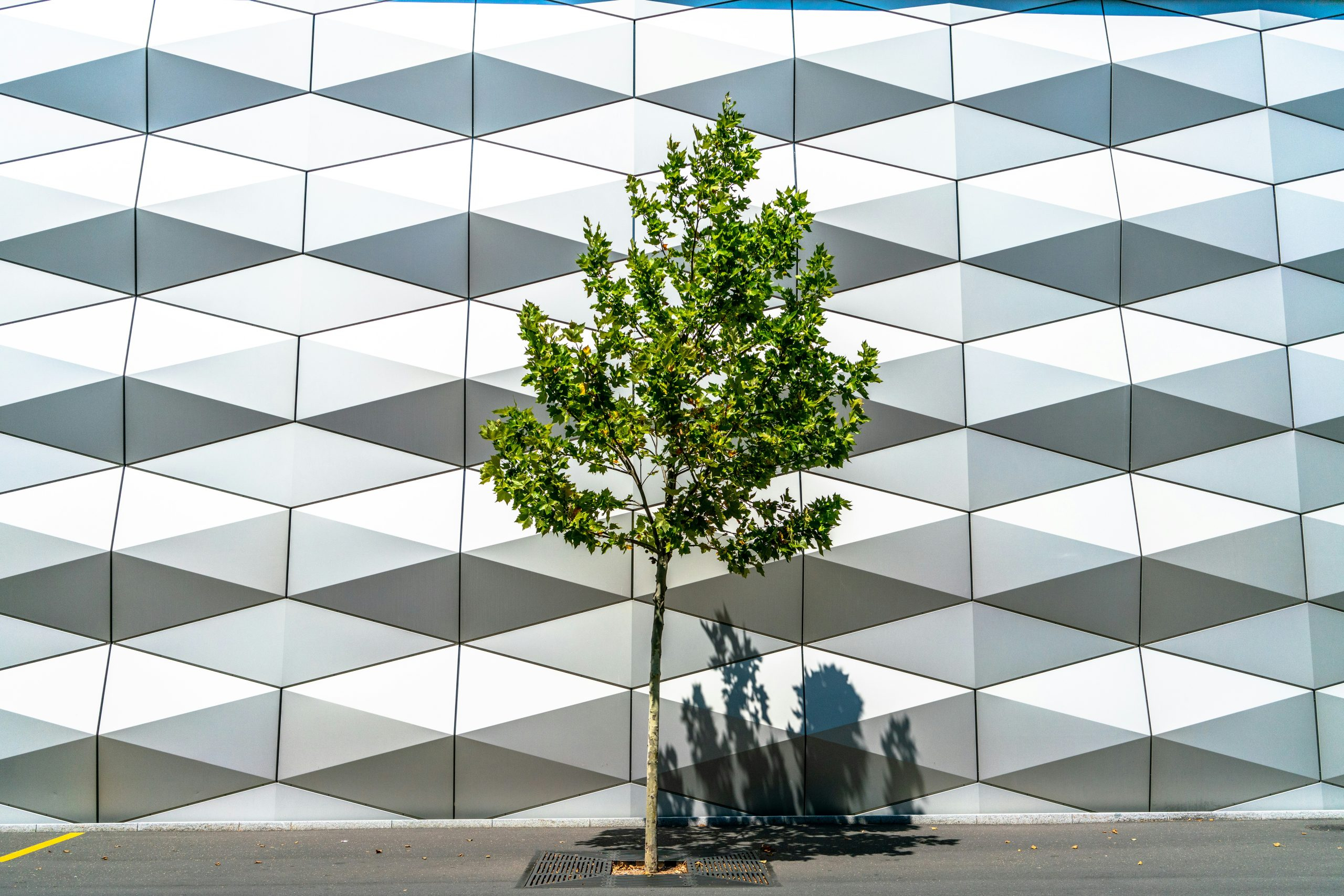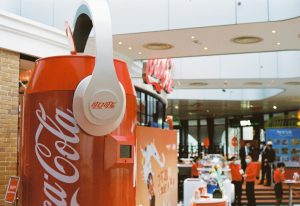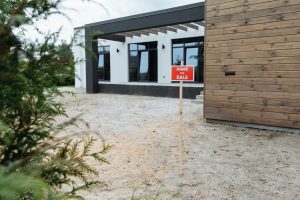New trends in adaptive reuse for mixed-use projects
With the rise of urbanization and the growing need for sustainable development, adaptive reuse has become a popular trend in the world of architecture and real estate. This approach involves repurposing existing buildings and structures for new uses, rather than tearing them down and constructing new ones. Mixed-use projects, which combine residential, commercial, and/or cultural spaces, are ideal candidates for adaptive reuse. In this article, we will explore the latest trends in adaptive reuse for mixed-use projects and how they are shaping the future of sustainable development.
The Evolution of Adaptive Reuse
Adaptive reuse has been around for centuries, but it has evolved significantly in recent years. In the past, repurposing was seen as a last resort for abandoned or neglected buildings. Today, it has become a conscious design strategy that allows developers to save money, reduce waste, and preserve history. Moreover, the growing interest in sustainable living has made adaptive reuse an attractive option for both developers and millennials who prefer living and working in unique, historic spaces.
Embracing Industrial Aesthetics
The industrial aesthetic has become a defining feature of modern architecture, and it has greatly influenced the trends in adaptive reuse for mixed-use projects. Rather than stripping away the authentic character of old buildings, architects and designers are now embracing it and incorporating it into the design. Elements such as exposed brick walls, steel beams, and concrete floors are no longer hidden, but rather celebrated, giving these spaces a unique character and charm.
Mixing Old and New
While industrial elements are highly sought after, mixing them with new, modern materials and design elements has become a popular trend. This creates a juxtaposition between old and new, resulting in one-of-a-kind spaces that offer the best of both worlds. The key is to find a balance between preserving the original character of the building and incorporating modern amenities and technology.
The Rise of Adaptive Reuse in Urban Areas
As population density increases in urban areas, there is a growing need for sustainable development. Adaptive reuse projects have become a solution to this problem, as they allow for the preservation of existing buildings while also providing much-needed housing, commercial, and cultural spaces. This trend has also been fueled by the desire for walkable communities, as mixed-use projects bring together different uses in one location, reducing the need for long commutes and promoting a sense of community.
Reviving Historic Landmarks
Adaptive reuse is not only limited to abandoned or neglected buildings but also includes reviving historic landmarks. These projects require a delicate balance between preserving the historical significance of the building and adapting it to modern uses. The result is a unique, one-of-a-kind development that not only brings new life to a landmark but also contributes to the revitalization and economic growth of the surrounding area.
Adaptive Reuse for Affordable Housing
With the soaring costs of new construction, adaptive reuse has become an affordable option for providing housing in urban areas. By repurposing old buildings, developers can save on construction costs, making it possible to offer more affordable options for housing. This trend has been particularly beneficial in creating more inclusive and diverse communities, as these projects often provide a mix of market-rate and subsidized housing units within the same building.
The Future of Adaptive Reuse
The future of adaptive reuse for mixed-use projects is bright, as this trend continues to gain momentum in the world of architecture and real estate. Developers and designers are becoming increasingly creative, finding new ways to repurpose existing structures for new uses. Additionally, advancements in building technologies and materials are making adaptive reuse more efficient and cost-effective, making it an even more attractive option for developers.
Incorporating Sustainability
Sustainability has become a key consideration in all aspects of the design and construction industry, and adaptive reuse is no exception. In fact, repurposing existing buildings is one of the most sustainable practices, as it reduces construction waste and saves on energy and resources. In the future, we can expect to see a greater emphasis on incorporating sustainable features and technologies into adaptive reuse projects, further contributing to the development of greener, more sustainable cities.
Diverse Uses for Larger Buildings
The rise of mixed-use projects has also led to the repurposing of larger buildings for a variety of uses. For example, old warehouses and factories are being transformed into multi-use complexes, housing everything from residential units to offices, retail, and entertainment spaces. This trend is likely to continue in the future, as developers look for ways to maximize the potential of existing structures.
In conclusion, the world of adaptive reuse for mixed-use projects is constantly evolving, and the possibilities are endless. From repurposing old factories and warehouses to reviving historic landmarks, this trend offers a sustainable, cost-effective, and creative solution for developers and provides unique, one-of-a-kind spaces for residents and businesses alike.










